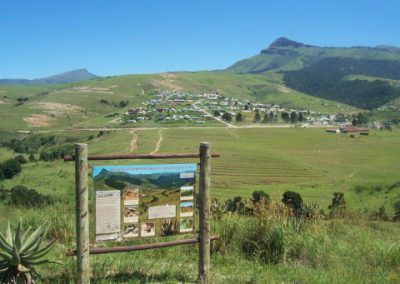In the new dispensation, BRC’s work has afforded us the opportunity to mobilise communities to engage with the ANC-led government to reopen land restitution for betterment land removals among others. Through the support of organisations like the Communist Party and COSATU, BRC’s community mobilisation and political engagement ensured successful reopening of restitution claims through BRC’s Vulamasango Singene (VS) campaign. The VS campaign has since become a rural social movement with a membership of approximately 700 communities across 13 municipalities. BRC will, through the VS movement, mobilise, empower and conscientise rural Eastern Cape communities on the dire need to hold the state accountable on service delivery.
Vulamasango Singene is now an independent organisation, registered as a Section 21 Company. It has its own Board of Directors, and its own funding. BRC continues to offer strategic and administrative support to the organisation.
CATA
Employment: Employment rates have increased from 4% in 2001 to 26% in 2007.
Income: The percentage of households with a monthly income of more than R1 600 has increased from 6% in 2001 to 31% in 2007. The percentage of households with no income at all has dropped from 43% in 2001 to 4% in 2007.
Food Security: The percentage of households that are food secure increased from 20% in 2000, to 99% in 2007.
**BRC has, in recent years, de-intensified its work in CATA – focusing more on other Keiskammahoek villages. It still, however, provides strategic advice and training to the Communal Property Association (CPA).




